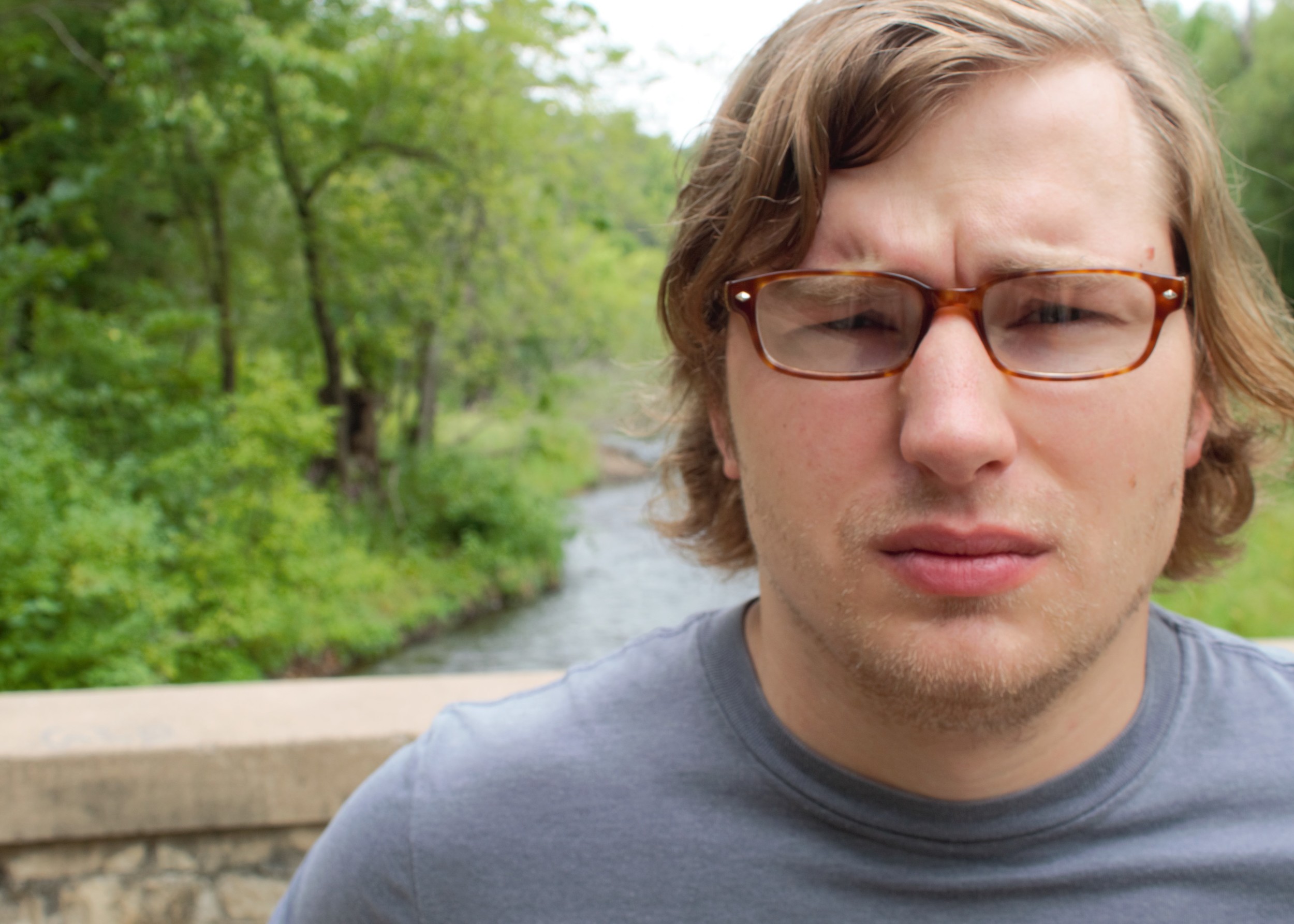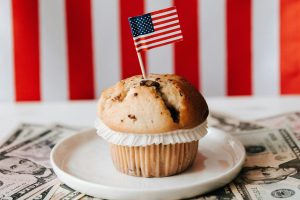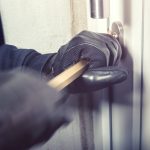Pop!
Ringing in the New Year by uncorking a bottle of bubbly is a timeless tradition. If you’re looking for a timely business story to run before all the parties come to an end on January 1, here are some statistics and sources you can use for a fun feature on Champagne and sparkling wines.
A thirsty market
The United States is a major market for the Champagne region in France. The U.S. received more than 20.5 million exported bottles of Champagne in 2015, making it the second only to the United Kingdom, according to statistics from the French government’s Comité Champagne.
As you would expect, the region boasts major production of the beverage that shares its name. Close to 16,000 winegrowers and 300 Champagne houses produced the 309 million bottles harvested in 2015 to help meet the demand from the rest of France and around the world.
Here at home
In 2015, Americans bought 21.7 million nine-liter cases of sparkling wine and Champagne from the U.S. and around the world, according to the Wine Institute. The industry has seen a steady increase in total sales since 2000.
Altogether, the sparkling wine and Champagne category makes up 5.7 percent of the wine market in the country.
But Americans have a variety of sparkling wines that compete with bubbly from across the Atlantic as well. Total consumption of American sparkling wines in the U.S. surpassed 11 million nine-liter cases in 2015, the Wine Institute reports. That’s the highest it’s been since 1980 and 1990.
As you’d expect, most of that sparkling wine comes from California. The state’s 80 producers accounted for close to 10 million of the more than 11 million nine-liter cases of U.S. sparkling wine.
Forbes contributor Brian Freedman wrote an in-depth look at the American sparkling wine industry using figures from the Wine Institute, looking at the growth that should continue this holiday season.
Sparkling in the city
When the ball drops in New York City, you can bet the locals will be swilling their bubbly. New York-Newark-Edison was the top metro market for sparkling wine and Champagne in 2014, consuming more than 1.8 million nine-liter cases, the Wine Institute reports.
Chicago-Naperville-Joliet was the second largest metro market (1.6 million) and Los Angeles-Long Beach-Santa Ana the third (1.4 million). These are the only three areas that consumed over a million cases. San Francisco-Oakland-Fremont came in a distant fourth with 583,000 cases.
The state of California produces the most sparkling wine and consumes the most as well. In 2014, its consumption reached 3.8 million nine-liter cases. Illinois followed behind with 1.9 million with New York State came in third at 1.6 million.
Reporter’s Takeaway
• The holidays are a great time to write on Champagne and sparkling wine. The tradition of celebrating by opening a bottle lives on, driving a dramatic spike in the industry’s market: the Wine Institute reports that about 40 percent of sparkling wine and Champagne shipments for the year are sold in the fourth quarter. Consumers will be out in stores looking, so reach out to retailers and shoppers.
• You can use statistics from the Comité Champagne to add some context to the national consumption of the classic drink. But dig around on its website as well. There’s a lot of information about Champagne and its history on the site that readers might be wondering about or would find fun to learn. If you have any culinary experts in your area, reach out to them for questions as well.
• Find out if there is any sparkling wine produced near you. While the majority comes from California, there are producers in other parts of the country. Give your readers an idea of how the bubbly makes into bottles here at home as well.










